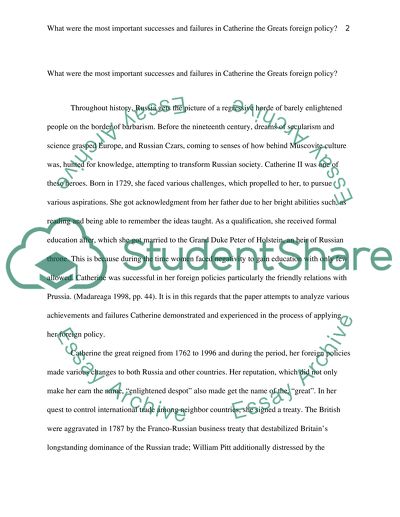Cite this document
(“What were the most important successes and failures in Catherine the Essay”, n.d.)
What were the most important successes and failures in Catherine the Essay. Retrieved from https://studentshare.org/history/1400601-what-were-the-most-important-successes-and
What were the most important successes and failures in Catherine the Essay. Retrieved from https://studentshare.org/history/1400601-what-were-the-most-important-successes-and
(What Were the Most Important Successes and Failures in Catherine the Essay)
What Were the Most Important Successes and Failures in Catherine the Essay. https://studentshare.org/history/1400601-what-were-the-most-important-successes-and.
What Were the Most Important Successes and Failures in Catherine the Essay. https://studentshare.org/history/1400601-what-were-the-most-important-successes-and.
“What Were the Most Important Successes and Failures in Catherine the Essay”, n.d. https://studentshare.org/history/1400601-what-were-the-most-important-successes-and.


